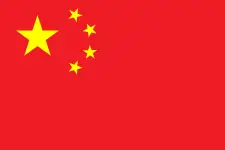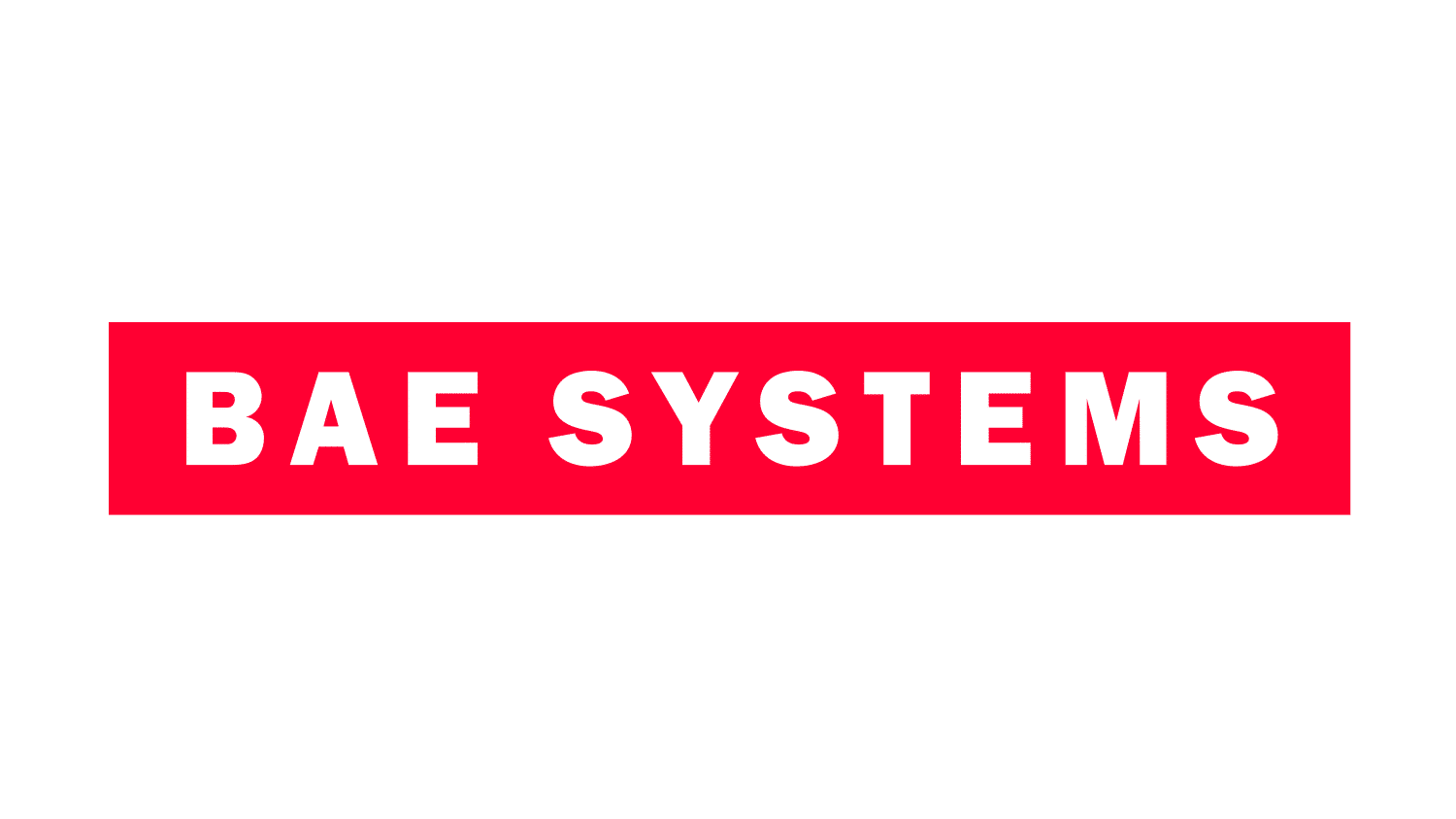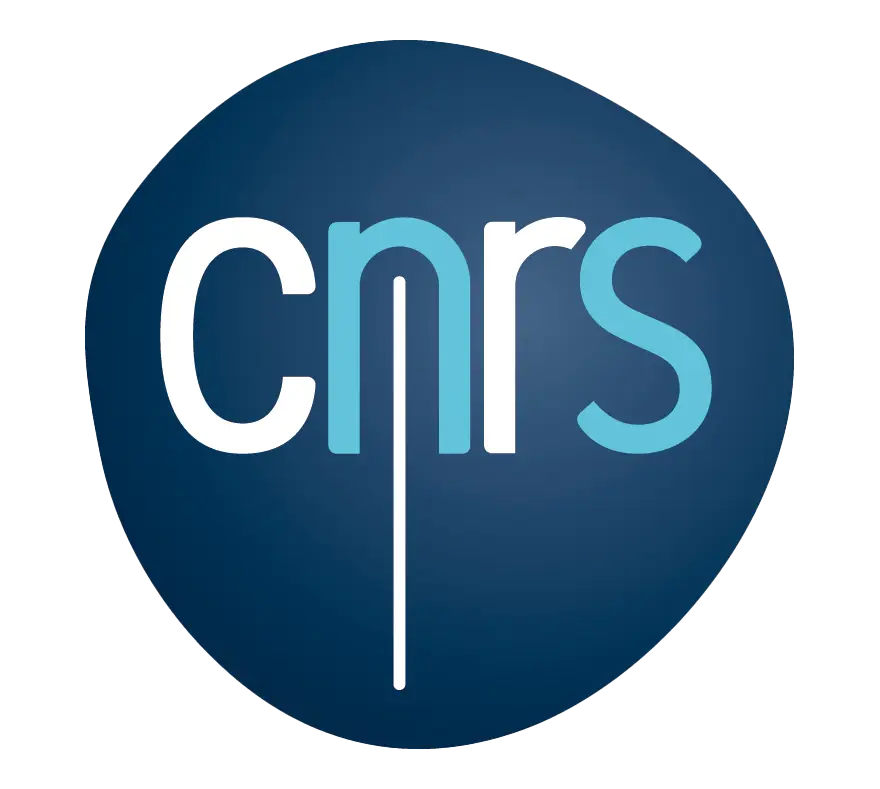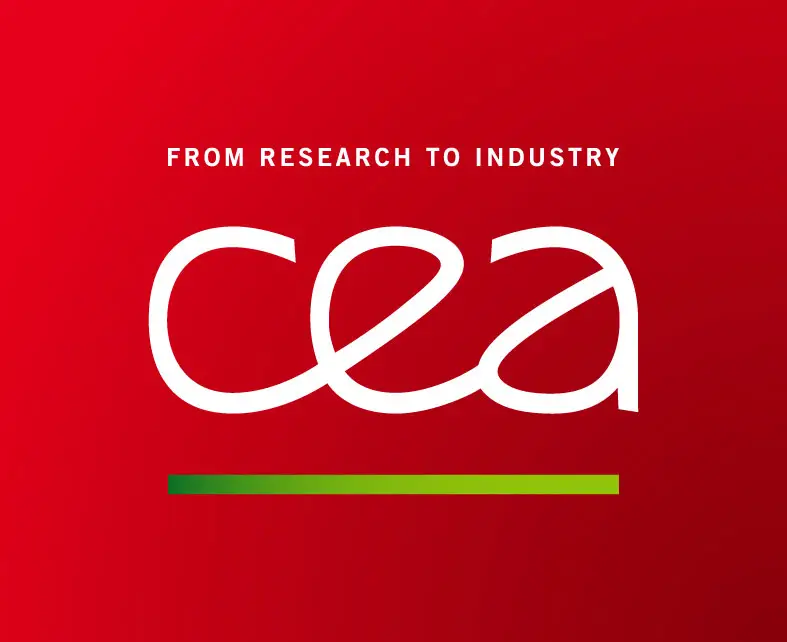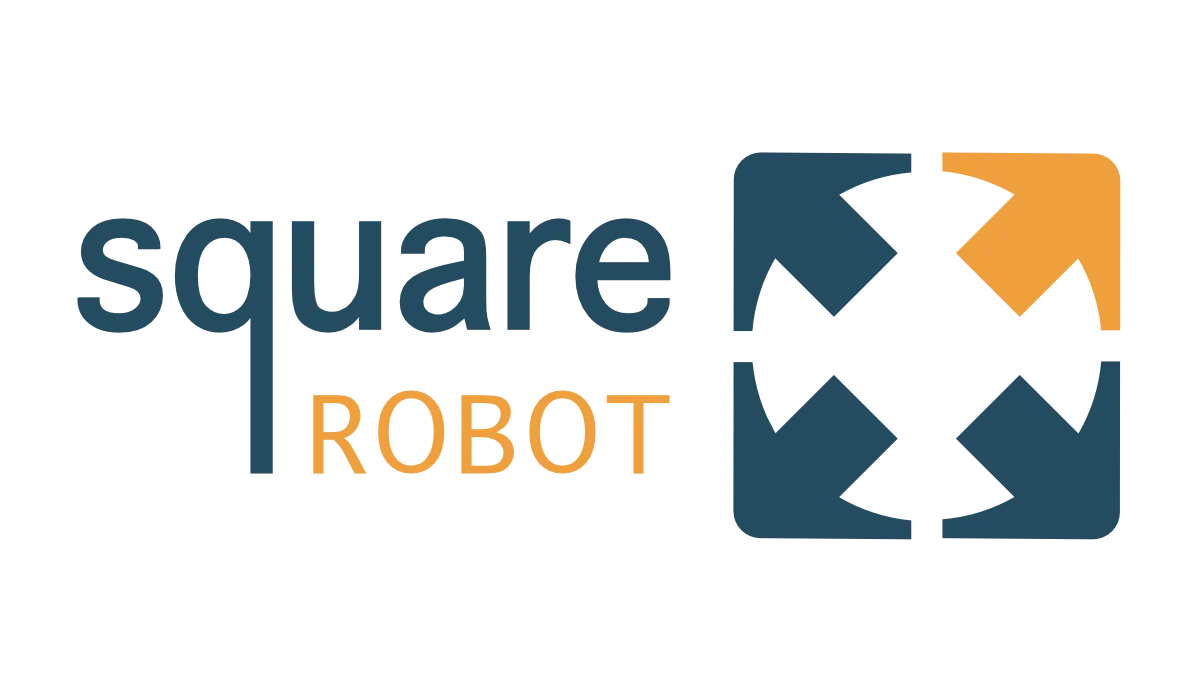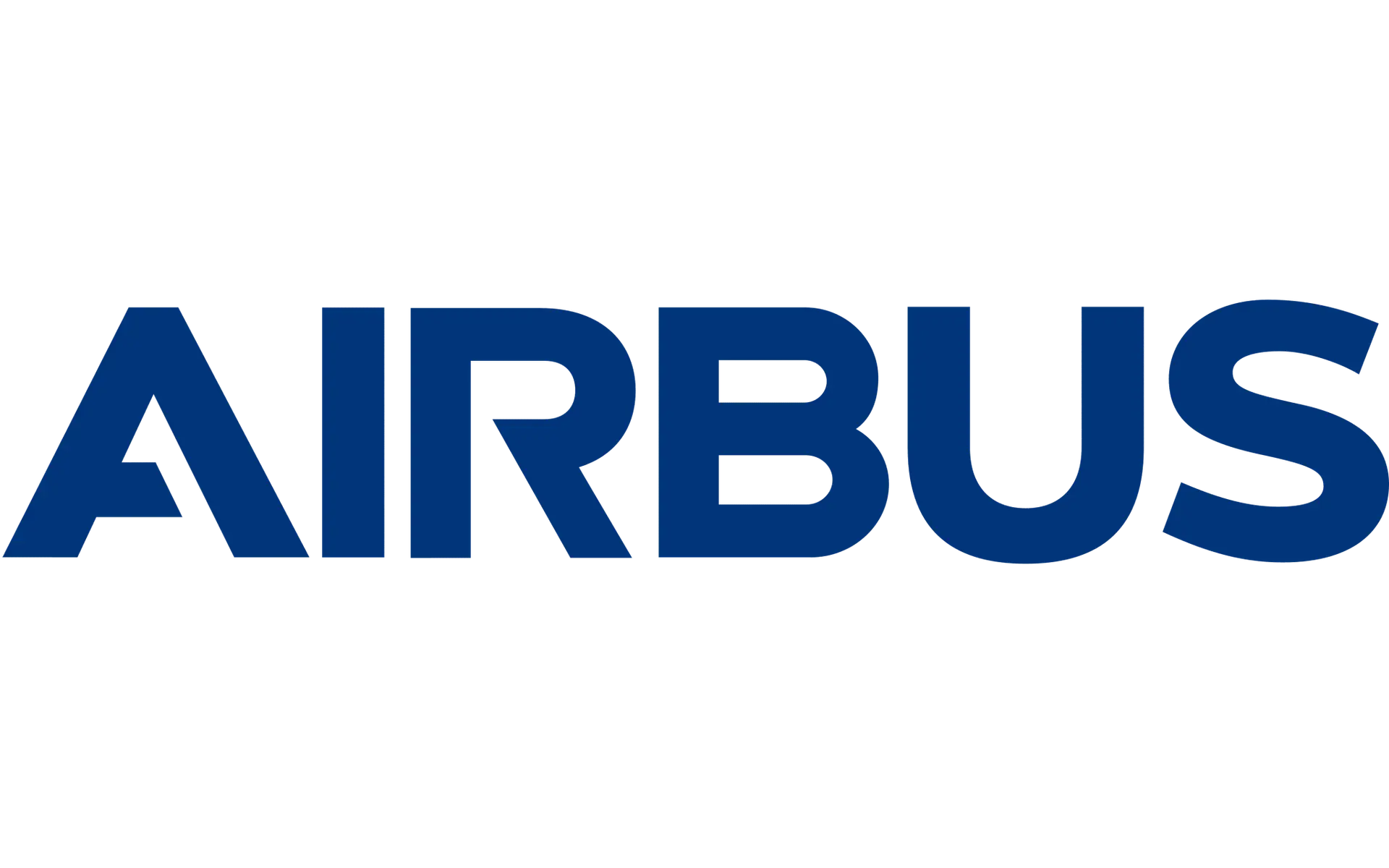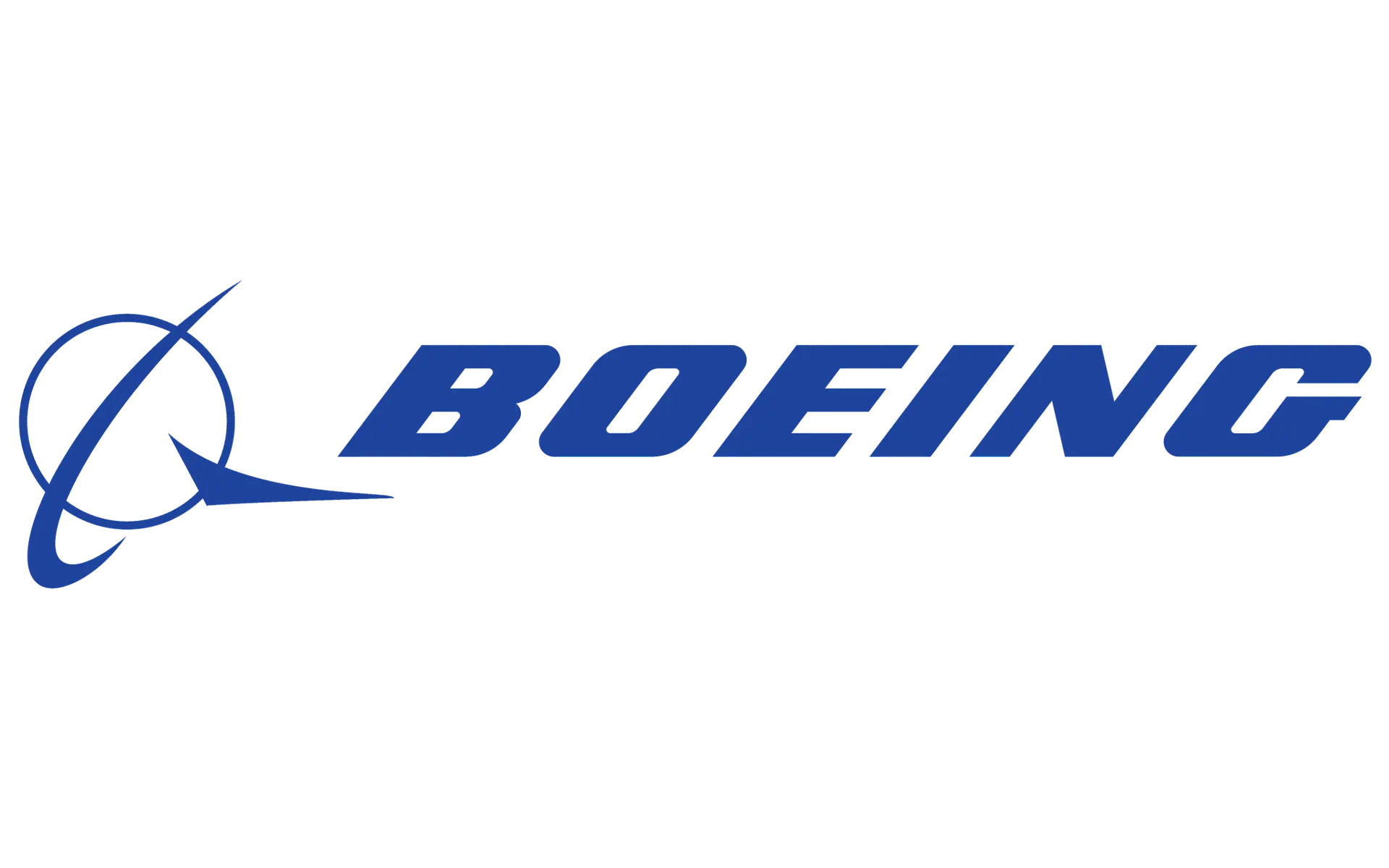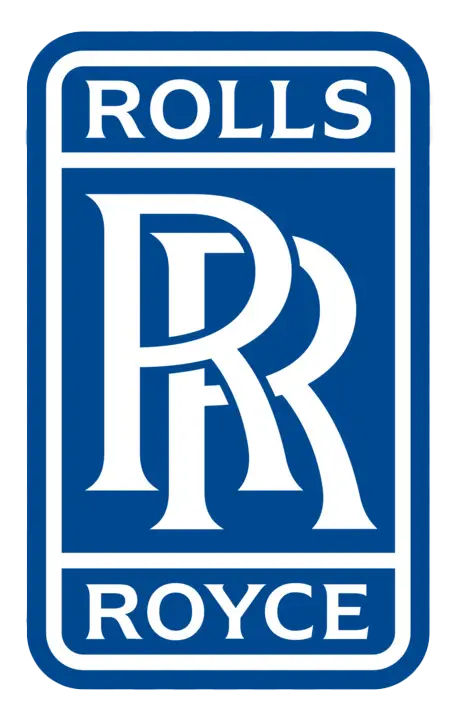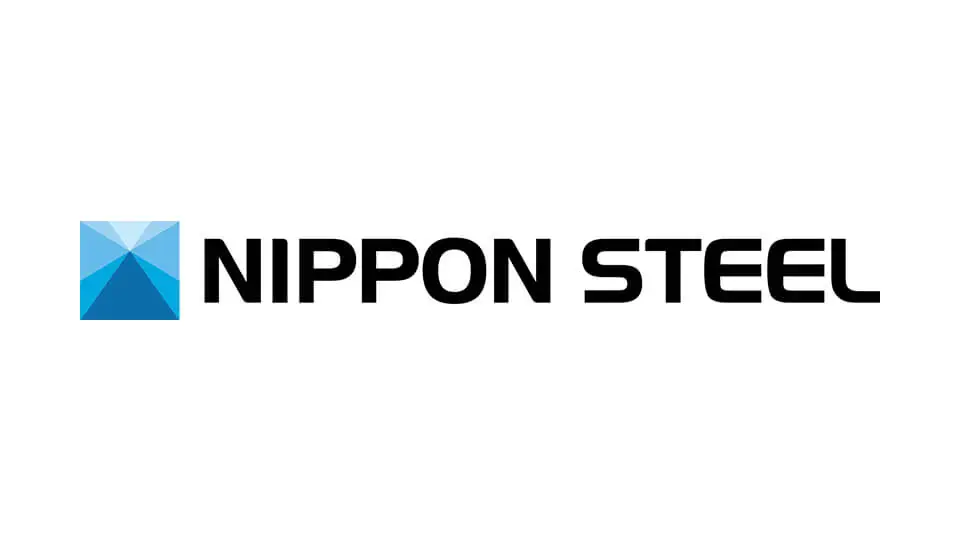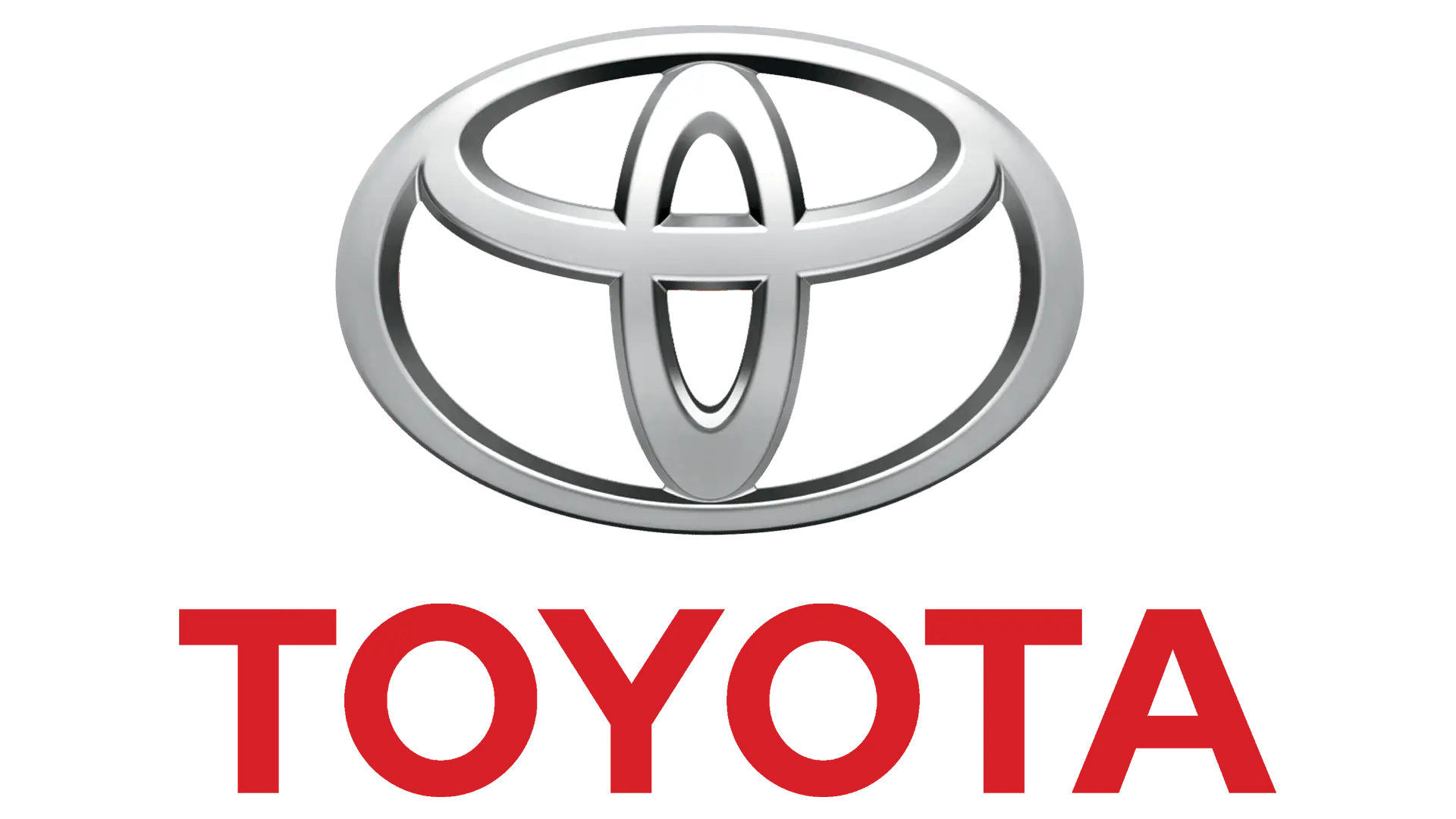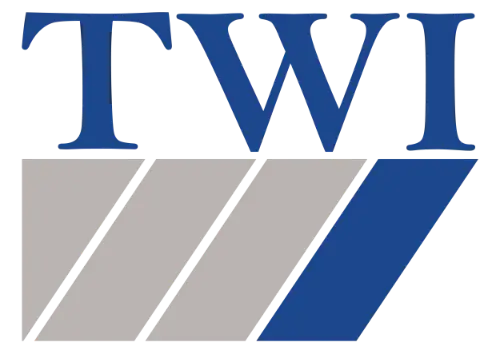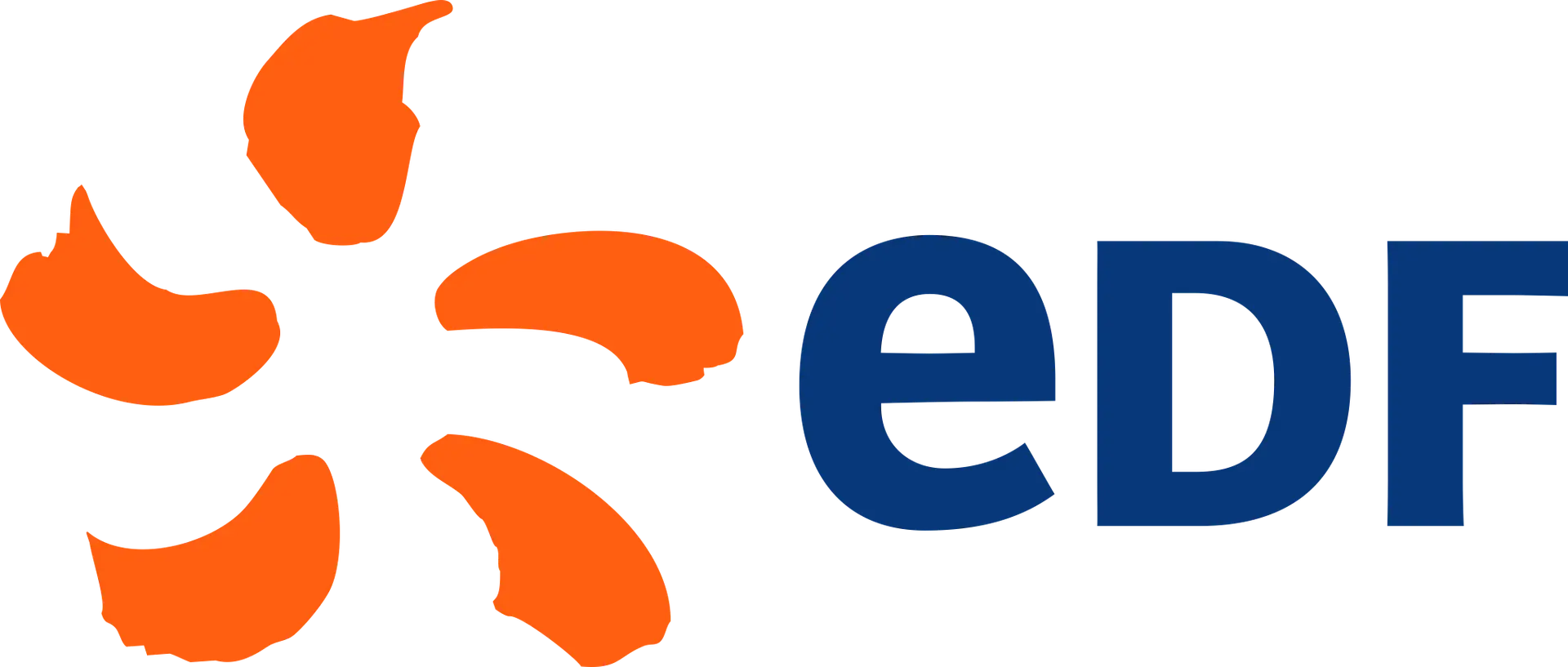When did you start your journey in Ultrasonic NDT?
I entered the UT field 23 years ago in an unexpected manner. At that time, I was unaware of how vast and engaging the NDT field can be, or even of its existence. NDT is not a subject commonly found in universities or in the research world, where I originated.
How would you describe your debut in the field?
My first years revolved around software and hardware development for UT instrumentation, a departure from my academic background but not from my childhood hobbies.
How did you know it was a good match?
Transforming my hobbies into my profession was an incredible experience that allowed me to explore a wide range of fields in sectors like Nuclear, Aerospace, Petrochemical or Railway, and eventually, to “connect the dots” with my academic background in Physics and Materials Science.
“This journey continues in a similar fashion; each new customer or application brings an exciting opportunity for learning, creating, and helping others.”
Industry Applications:
How was Ultrasonic Testing evolved over the years?
The history of UT has always been tied to the healthcare sector, which not only pioneered the first UT applications but also pushed the electronics industry to incredible performance and integration levels. Other industries, such as consumer electronics and video games, have also significantly contributed to the UT technologies in the last decade. Thanks to these contributions, we are witnessing a paradigm shift in the UT world —from an “ultrasonic-beamforming approach” (mechanical or electronic, conventional UT or PAUT) to an “ultrasonic-imaging approach” (FMC/TFM and its numerous versions).
Can you tell us more about this shift in the UT Wordldl - from a "BEAMFORMING APPROACH” to an “IMAGING APPROACH?
This shift has been facilitated by recent advances in GPUs, parallel computing, and high-speed data links (e.g., 10 GbE). The key difference is that now we can process an enormous amount of ultrasonic data in real-time and in a more intelligent manner, resulting in much better UT images.
The traditional UT methods, conventional UT and PAUT, came decades ago to stay in many places and have evolved with some of these technological advances as well.
What are some consequences of the technological advancements in UT Technology?
Nowadays we can cover a wider range of applications, and the previous ones can be solved in a better way in terms of quality and/or cost.
On top of this, TPAC has made significant progress in the UT signal quality and dynamic range, beyond the state of art, addressing various aspects such as signal receivers, pulsers, and digital signal processing. These improvements are opening up new and exciting application fields in both academic and industrial sectors.
What is TPAC's contribution in developing innovate solutions in the ultrasonic testing sector?
The success of TPAC can actually be explained by its commitment to leading technology and innovation, sometimes beyond what the market is demanding or able to absorb in the short term.
After years, this strategy has paid off, allowing TPAC to gain the credibility of many customers and markets demanding high-value solutions not found in the commodities.
Perhaps the secret lies in how this strategy was implemented—establishing strong connections with public and private high end users in parallel to being immersed with the industry, supporting a wide variety of field of application, and aligning the entire organization with a strong focus on customers and technology.
As a result, TPAC is surpassing expectations in a growing range of applications, especially automated ones in Aerospace, Nuclear, Petrochemical and Railway.
In multidisciplinary fields such as this one, communication is essential. How does your team work together to ensure the success of ultrasonic testing projets?
Our team is organized as a neuronal network, primarily focused on customers and technology.
This structure provides us with great flexibility and agility in finding the right people to support our customers at any moment, while addressing and adjusting the long-term targets.
Decisions are driven by ideas, not by hierarchy. In this context, confidence, commitment, and communication become key values for all of us. Any success stems from a collective and long-term effort, enriched by a broad cultural diversity and international footprint.
As a leading expert in the field, what do you foresee for the near future of ultrasonic testing?
In the short term, we anticipate the industrialization of some disruptive solutions that TPAC has been developing over the last few years in collaboration with key actors in the aircraft, nuclear, and petrochemical sectors. These solutions are bringing significant benefits in terms of resolution, sensitivity, and speed, taking the quality standards a step further.
How about on the long term?
In the mid-to-long term, we foresee a growing impact of AI and digitalization, leading not only to new inspection techniques but also to different collaboration models in the NDT market. This shift will empower customers with a more flexible and valuable offer, and will push suppliers to specialization and collaboration, as we are seeing in other industries.
For instance, when it comes to creating UT solutions, customers like compatibility and open platforms, so do we. We are accustomed to collaborating with different partners to make different elements work together (probes, software, robots, etc.), so we feel well-prepared for this exciting challenge, both from the cultural and product perspectives.
How do you plan to stay at the forefront of this evolving field ?
We will continue to listen to customers, NDT organizations, lateral technologies coming from different industries, and our own team, as a necessary condition for innovation.

